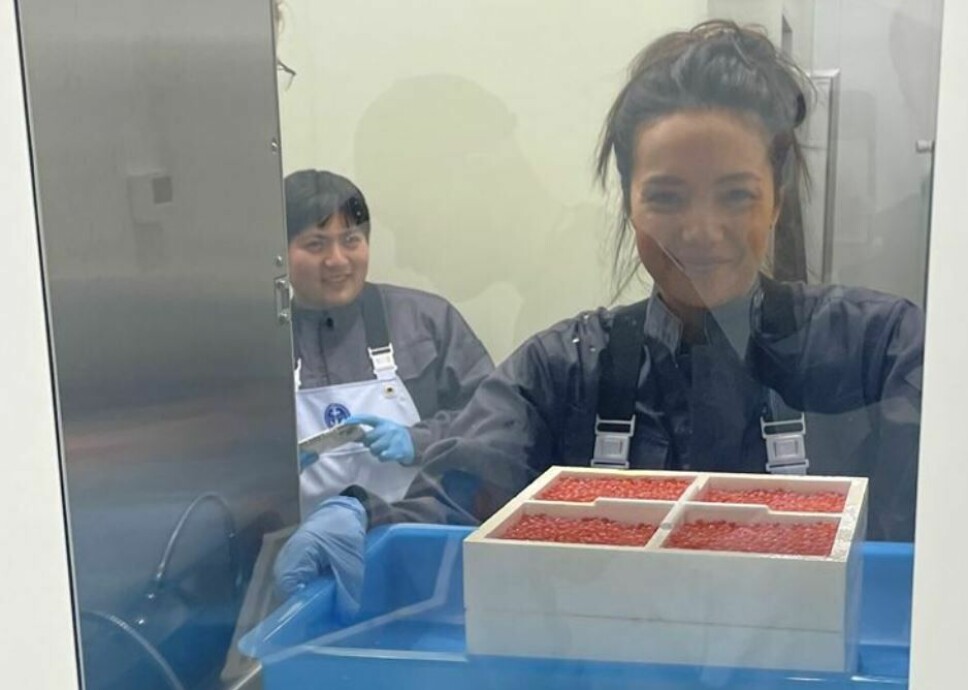
Proximar receives first eggs for Japan salmon farm
'We have everything we need to provide ideal hatching and growth conditions'
Proximar, which is building a land-based salmon farm in Japan, has taken delivery of its first batch of ova.
The Norway-headquartered company said that around 125,000 eggs arrived the hatchery in excellent condition. The eggs were supplied by Benchmark Genetics and its Icelandic StofnFiskur breeding program. These have shown great performance in land-based facilities, including the R&D facility run by Proximar’s recirculating aquaculture system (RAS) supplier AquaMaof in Poland, said Proximar.
“After meticulous preparations, it is wonderful to finally initiate production. The team is ready, the facility is perfect, and we have everything we need to provide ideal hatching and growth conditions,” said chief operating officer Dharma Rajeswaran.
First mover advantage
Proximar said the egg insertion marks the starting point for farming of Atlantic salmon in Japan, giving the company a significant first mover advantage. Proximar will insert similar batches into the hatchery each month going forward, enabling continuous harvest from medio 2024.
“The moment we have all been waiting for has finally arrived,” said chief executive Joachim Nielsen. “I see it as a great achievement of our organisation and suppliers to complete the facility in accordance with the ambitious timeline, considering issues such as Covid-19 and global shortage of raw material.
“The production start is a major milestone for the company and a significant step towards providing the Japanese people with sustainably produced seafood.”
5,300 tonnes HOG
While production has been initiated in the hatchery and nursery building, the post smolt grow out facility is still under construction. Proximar said this is to a large degree repetition of work already undertaken and is expected to be completed according to schedule.
Proximar’s facility in Oyama is expected to be completed in the third quarter of 2023. The target capacity is an annual head-on-gutted (HOG) volume of 5,300 tonnes.






















































